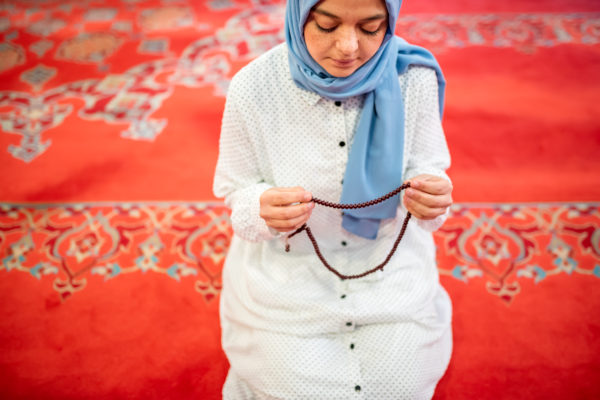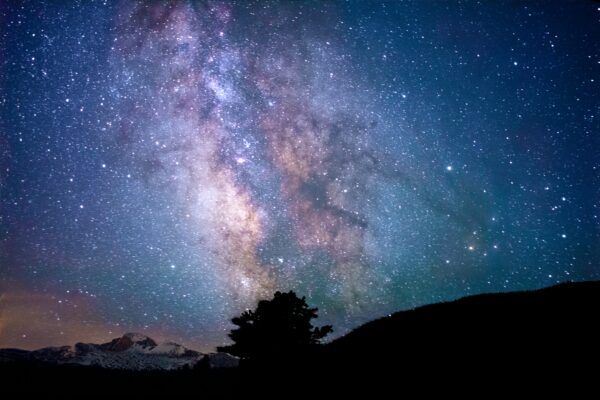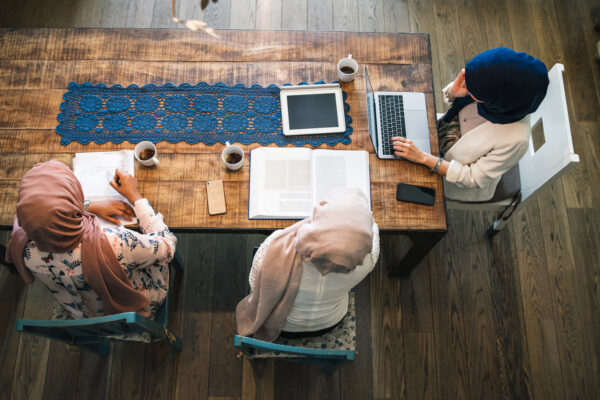By 1979, with nearly 80,000 Muslims living in Toronto, Ramadan had started to become an event that received attention from beyond just the Muslim community.
By 1979, with nearly 80,000 Muslims living in Toronto, Ramadan had started to become an event that received attention from beyond just the Muslim community.
In the Saturday, October 29, 1927 edition of the Toronto Daily Star, a list of trivia questions was put to readers to test their general knowledge. They ranged from “Why is yeast put in bread?” to “Which is larger, Saskatchewan or Germany?” One of the questions referred to something not too many Torontonians would have been familiar with at the time: “What is Ramadan?”
The answer was given in fine print elsewhere on the same page: “Ninth month of the Mohammedan year”. [1] To Regip Assim—Toronto’s first known Muslim and, as far as we can tell, the only Muslim living in the city at the time—this answer may have come off as missing the point on the significance of Ramadan. The sacred month had started in mid-March in 1927, and the Star had briefly reported on its ending with ‘Īd al-Fitr—in the UK. [2]
It would take another three decades for a Toronto newspaper to find itself able to cover observance of Ramadan and ‘Īd al-Fitr in the city. On May 3, 1957, The Globe and Mail published an article titled “Moslems in Toronto bow to Mecca”. It appears to have been a report on the last night of Ramadan (or possibly the night before ‘Īd, i.e. the first night of Shawwal). About 30 Muslims had gathered in the Kingsway Club, a dance hall, to pray in what was “probably the first congregational Moslem service held in the city”. [3]
The prayer was led by Mohammed Khalil, an engineering student from Lahore, Pakistan, who was wearing “eastern dress” and a fur hat. The reporter made note of many details about the “service”: the prayer area was lit with candles burning inside soft drink bottles; that those praying removed their shoes and many wore handkerchiefs over their heads; that only the men prayed, though women and children were in attendance; and that they enjoyed curried meat, Turkish delights, and coffee after the prayer.
One of the organizers, Sami Kerim, estimated that more than 500 Muslims lived in Toronto at the time, mostly of Albanian, Serbian, Turkish or Pakistani origin. He said he hoped that this event would inspire Toronto’s Muslims to come together as a community, and “perhaps one day we shall have a mosque in Toronto”. [4]
Two years later, in 1959, the Toronto Daily Star reported that some progress had been made toward that goal of establishing a mosque. As Muslims once again gathered to mark ‘Īd al-Fitr in the Kingsway Club, about 50 joined the prayer. They “prayed in unison for guidance in struggling against temptation and ignorance”.
After diligently reporting that their shoes “lined the walls during the service”, the reporter also said that the Muslims were in the process of raising $30,000 to achieve their dream of having a mosque in the city. It would be the fourth mosque in Canada after those in Edmonton, Lac La Biche (Alberta) and London (Ontario). [5]
Fast forward to 1973. By then, Toronto’s newspapers had picked up on the significance of Ramadan itself, rather than just mentioning it in connection to ‘Īd al-Fitr. On Friday, September 28, the Toronto Star reported that during this month, “devout Moslems are expected to read the Koran—the bible of Islam, from cover to cover during the fast”. [6]
By the time that article was printed, Toronto’s Muslim community had boomed to an estimated population of 25,000. They had succeeded in organizing themselves into the Muslim Society of Toronto (MST) under the leadership of Regip Assim and, in 1961, purchasing a leather shop on Dundas Street, turning it into the city’s first mosque.
Solnaz Sahin, who lived in Hamilton, Ontario in the early 1960s, later described making the one-hour drive to Toronto every Sunday to be with the community. Ramadan was a particularly special occasion at this mosque. “We cooked here [at home] and take it there [to the Islamic Centre],” she vividly recalled. “We ate [iftar] together. It was nice.” [7]
In 1974, the Toronto Star continued to report on the place of shoes in Muslims’ prayer services. “Nearly 1,000 pairs of shoes will be “parked” outside a hall at the Holiday Inn, Yorkdale, tomorrow,” the article says. Ayube Ally, an imam and chairman of the Ontario Muslim Association at the time, was interviewed. He said that about 500 or so Toronto’s 30,000 Muslims were born in Canada. He also told the reporter that Muslims fast from dawn to sunset in Ramadan, and are not allowed to “indulge in gossip or frivolous parties”. [8]
Although there were five mosques and around 50,000 Muslims in Toronto by 1977, the observance of Ramadan continued to be very much in-the-home. On August 17, the Star reported on a gathering of about 30 Muslims at the Spadina Ave. apartment of Qadeer Baig, a professor of Islamic Studies at the University of Toronto. His daughter, Ghazalah, was 10 years old and had completed her very first Ramadan fast. Friends from the community had come together to celebrate this and enjoy an iftar together. [9]
“Here [in Canada] there is not the pressure to observe the fast — it is more a personal thing and we must rely on individual discipline,” said Baig. Because Toronto’s Muslims often lived quite a distance from the nearest mosque, they often broke the fast and prayed the nightly Ramadan prayers at home in small gatherings, though Baig said that on Fridays they tried to congregate in the mosques. The Star reported on one of these congregations—on the Night of Power (Laylat al-Qadr)—on September 8, 1977. [10]
By 1979, with nearly 80,000 Muslims living in Toronto, Ramadan had started to become an event that received attention from beyond just the Muslim community. In that year, one of Toronto’s better-known Muslims, Sydney Zaidi, decided to bring an exhibition of 500 historical copies of the Qur’an from around the world to Toronto. The exhibition opened at the iconic Inn on the Park hotel overlooking Sunnybrook Park, with many political and religious leaders present. It was then on display for three days in Toronto’s Harbourfront. [11]
As the Muslim community in Toronto has continued to rapidly grow and diversify in the nearly 40 years since Zaidi’s exhibition, Ramadan in the city has come to be observed in many different ways, centred—as it always will be—around the daytime fast and reviving our relationship with the Qur’an.
In the Qur’an we find a prayer (du‘a) that reminds us to remember those who established these Islamic traditions in this land long before us:
“Our Lord, forgive us and our fellow believers who preceded us in faith, and do not allow [any] resentment towards those who have believed. Our Lord, indeed You are Kind and Most Merciful.”
(59:10)
References
[1] “How Much Do You Know?”, Toronto Daily Star, October 20, 1927, p. 10.
[2] “British Have Biggest Submarine; Moslems End Fast of Ramadan,” Toronto Daily Star, April 20, 1927.
[3] “Moslems in Toronto Bow to Mecca”, The Globe and Mail, May 3, 1957, p. 17.
[4] Ibid.
[5] “Toronto Moslems Mark Feast of Ramadan”, Toronto Daily Star, April 13, 1959.
[6] “30-day fast starts today for Muslims”, Toronto Star, September 28, 1973, A7.
[7] Aziza Hirsi and Katherine Bullock, “Toronto’s Forgotten First Mosque”, Islamic Horizons (November/December 2010), p. 49.
[8] “Muslims windup month-long fast”, Toronto Star, October 16, 1974, B2.
[9] “Fasts mark Moslem holy month”, Toronto Star, August 17, 1977, B2.
[10] “Moslems mark holiest day”, Toronto Star, September 8, 1977, Section B.
[11] Tom Harper, “You can learn about Islam at exhibition of holy books”, Toronto Star, August 4, 1979, F7.
To read the original article, click here.





